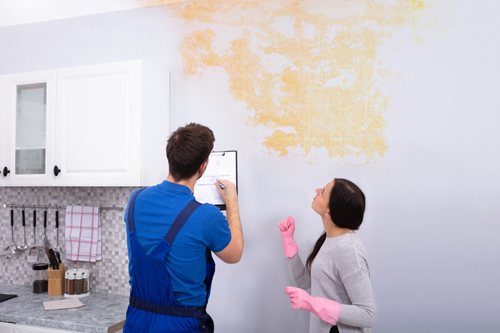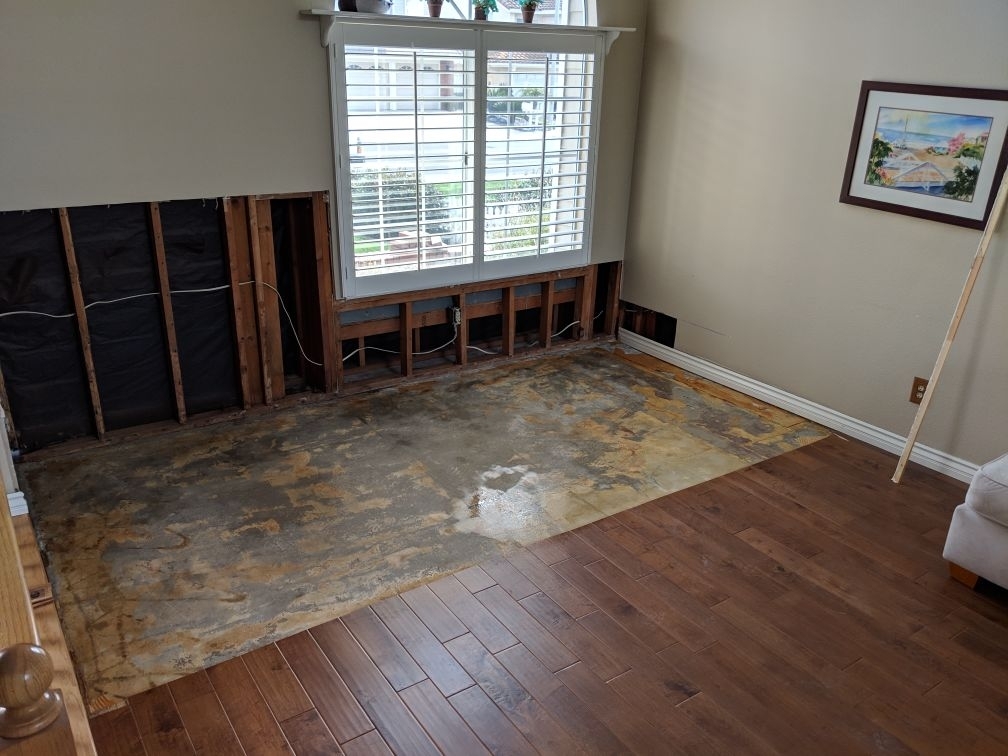Do's & Don'ts of Water Damages.
Do's & Don'ts of Water Damages.
Blog Article
We have unearthed the article pertaining to What You Can Do At Home To Prevent Fire And Water Damage directly below on the web and figured it made sense to write about it with you on my blog.

Water offers life, water invasion on components where it's not meant to be can result in damage. Homes with water damages smell musty and old.
Water can originate from numerous sources such as typhoons, floodings, ruptured pipes, leakages, and drain concerns. In case you experience water damage, it would be excellent to know some security preventative measures. Here are a few guidelines on exactly how to manage water damage.
Do Prioritize Home Insurance Coverage Insurance Coverage
Water damages from flooding as a result of heavy winds is seasonal. You can likewise experience an unexpected flood when a faulty pipeline suddenly breaks right into your house. It would be best to have residence insurance coverage that covers both acts of God such as all-natural catastrophes, and emergency situations like damaged plumbing.
Don't Fail To Remember to Shut Off Utilities
This cuts off power to your entire house, stopping electric shocks when water comes in as it is a conductor. Do not fail to remember to transform off the main water line shutoff.
Do Keep Proactive as well as Heed Climate Signals
Tornado floods can be extremely unforeseeable. If there is a background of flooding in your community, stay ready and proactive. If you live near a river, creek, or lake , pay attention to discharge cautions. Get prized possessions from the ground floor as well as cellar, after that put them on the highest feasible level. Doing so lowers prospective residential property damages.
Do Not Overlook the Roofing System
You can prevent rainfall damages if there are no openings and leakages in your roofing. This will certainly avoid water from streaming down your walls and also soaking your ceiling.
Do Take Notice Of Small Leaks
A ruptured pipeline does not occur over night. Usually, there are red flags that indicate you have deteriorated pipes in your home. You may discover gurgling paint, peeling wallpaper, water touches, water discolorations, or trickling sounds behind the walls. At some point, this pipeline will break. Ideally, you need to not await things to rise. Have your plumbing repaired prior to it leads to huge damage.
Don't Panic in Case of a Ruptured Pipe
When it comes to water damages, timing is crucial. Therefore, if a pipe bursts in your residence, immediately shut off your main water shutoff to cut off the resource. Call a reputable water damage restoration specialist for assistance.
Water provides life, water intrusion on components where it's not expected to be can result in damage. Homes with water damage odor old as well as mildewy.
Water damage from flood fees to hefty winds is seasonal. You might observe bubbling paint, peeling wallpaper, water streaks, water spots, or trickling noises behind the wall surfaces. When it comes to water damages, timing is essential.
Some Do's & Don't When Dealing with a Water Damage
DO:
Make sure the water source has been eliminated. Contact a plumber if needed. Turn off circuit breakers supplying electricity to wet areas and unplug any electronics that are on wet carpet or surfaces Remove small furniture items Remove as much excess water as possible by mopping or blotting; Use WHITE towels to blot wet carpeting Wipe water from wooden furniture after removing anything on it Remove and prop up wet upholstery cushions for even drying (check for any bleeding) Pin up curtains or furniture skirts if needed Place aluminum foil, saucers or wood blocks between furniture legs and wet carpet Turn on air conditioning for maximum drying in winter and open windows in the summer Open any drawers and cabinets affected for complete drying but do not force them open Remove any valuable art objects or paintings to a safe, dry place Open any suitcases or luggage that may have been affected to dry, preferably in sunlight Hang any fur or leather goods to dry at room temperature Punch small holes in sagging ceilings to relieve trapped water (don't forget to place pans beneath!); however, if the ceiling is sagging extremely low, stay out of the room and we'll take care of it DO NOT:
Leave wet fabrics in place; dry them as soon as possible Leave books, magazines or any other colored items on wet carpets or floor Use your household vacuum to remove water Use TV's or other electronics/appliances while standing on wet carpets or floors; especially not on wet concrete floors Turn on ceiling fixtures if the ceiling is wet Turn your heat up, unless instructed otherwise

Do you enjoy more info about Reducing Your Risk Of Water And Fire Damage At Home? Post a remark down below. We will be pleased to see your ideas about this post. In hopes that you come back again in the future. Feel free to set aside a second to share this content if you enjoyed reading it. Bless you for your time. Visit us again soon.
Report this page